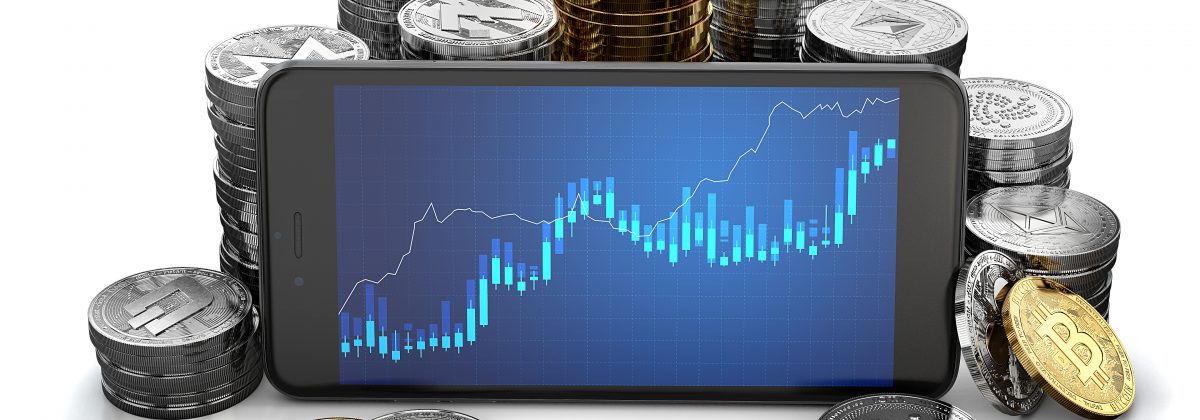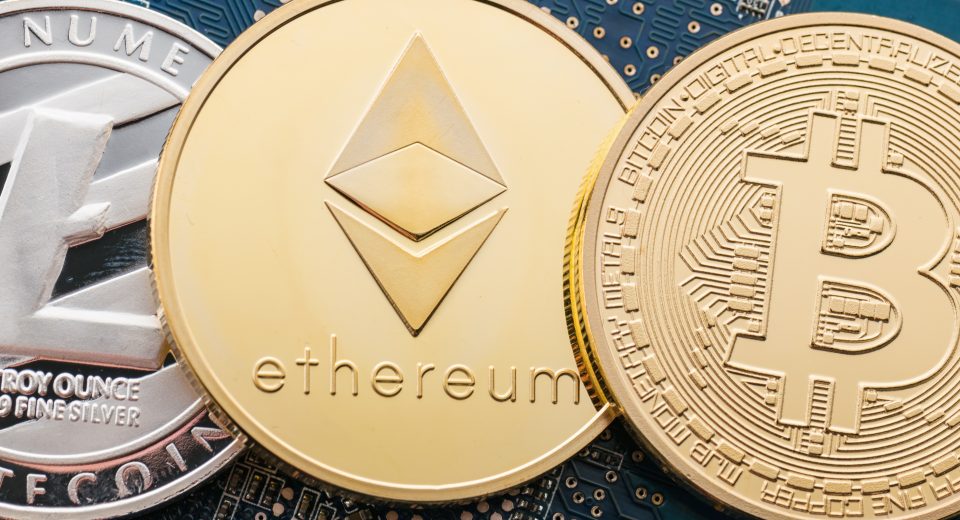Top 5 Tips When Trading Altcoins

Altcoins’ is the term used to describe all other currencies launched following the success of bitcoin. While bitcoin had a market share of 90% in July 2014, this tumbled to 34% at the end of 2017 as other currencies such as litecoin, ether, ripple and DASH made their presence known.
Many altcoins have great potential and have become a part of a balanced portfolio. So, if you’re planning on trading altcoins, here are some tips to get you started:
Tip #1: Select a Range of Coins
Bitcoin is well-known for its high returns despite constant market volatility. But, there are more than 1,500 altcoins in the crypto universe and some of these made certain traders and investors very happy in 2017. While ether grew around 9,000% in 2017, ripple’s market cap surged to $79 billion. Litecoin became the silver to bitcoin’s gold, while NEM’s price skyrocketed ~29,000%.
Rather than opting for one or a couple of coins, you may want to diversify your crypto portfolio with some of the top coins. You could choose say five coins based on their market cap and daily trading volumes. As a rule, always check out the project and development community behind the coins you select before you start trading them.
Tip #2: Brace Yourself for Volatility
The most challenging as well as exciting aspect of altcoin trading is the high market volatility. The crypto world is not for the fainthearted! A coin can move more than 50% during the course of a single day or down 10% in a matter of hours.
Whether you have a low or high risk appetite, it’s important to adopt risk management techniques and be extremely disciplined when trading altcoins. You may want to start small, experience the market dynamics and then increase your capital outlay. Even when you do this, put in only a small percentage of your capital for a single trade.
Tip #3: Trade with a Clear Strategy
Altcoin volatility can play havoc with your nerves, but don’t let emotions get in the way of your trading strategy. Always, always, always have a plan – and stick to it. While trading is a learning curve, it’s a good idea to test your strategy on a demo account before entering the live markets as this will give you the best possible chance of making gains.
When trading altcoins it’s really important to make the most of trading tools to help spot patterns and trends. You could look at market patterns for different time periods before devising a strategy that works for you. Never make spontaneous decisions based on fear, greed, regret, frustration and such like as these feelings could cloud your judgement.
Another way to ensure emotions stay out of your trading decisions is to set up target and stops for every position you open. Set a target level for taking profit and a stop-loss level for reducing losses for every trade.
Tip #4: Stay Abreast of Bitcoin News and Price Movements
Bitcoin is the largest cryptocurrency and any significant change in its price can have a major effect on the price of altcoins. Positive news related to bitcoin typically has a positive impact on the entire crypto space.
However, there’s another correlation to consider. When the price of bitcoin is on an upturn, investors and traders tend to focus on this digital currency and reduce their exposure to altcoins. This exerts a downward pressure on altcoin prices.
Tip #5: Keep Learning and Practising
The cryptocurrency market is still in a nascent stage and is evolving fast. New coins are added and old ones may lose their lustre over time. New technology also impacts this space. Changes in regulations by different countries can have an impact too. So, keep an eye open for the latest developments and continue learning and testing new strategies using a demo account.
Altcoin trading can be exciting and rewarding, providing you stay on the ball and try out various techniques and strategies before ‘going live.’
Disclaimer
If you liked this educational article, please consult our Risk Disclosure Notice before starting to trade. Trading leveraged products involves a high level of risk. You may lose more than your invested capital.




